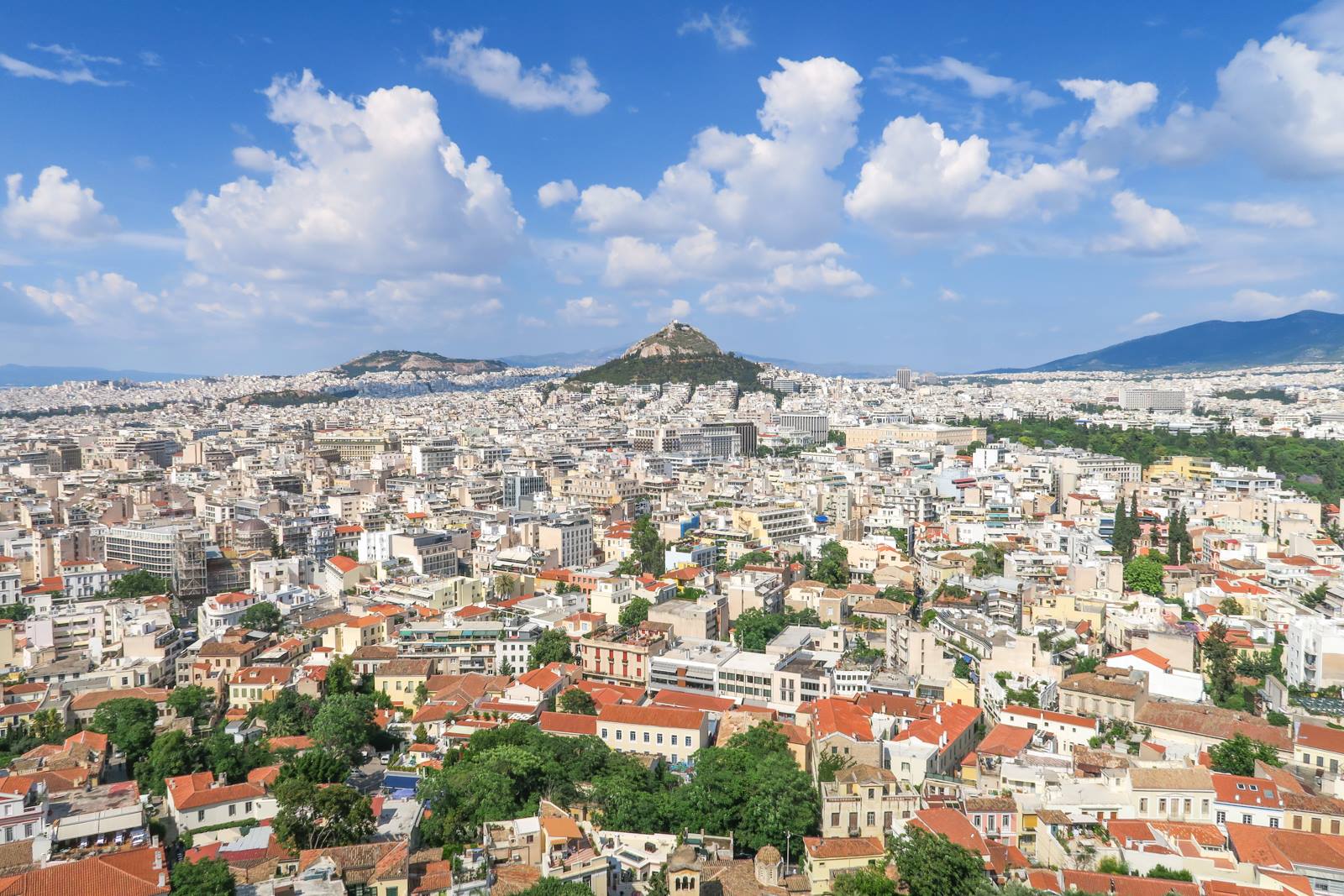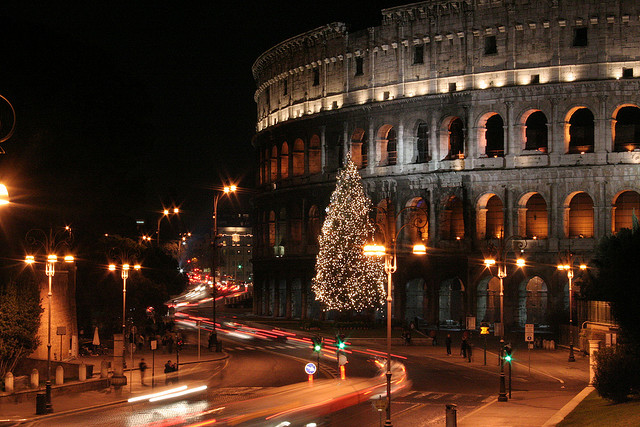Both Greece and Italy are two of the most interesting countries with rich cultural histories that have been meticulously preserved and shine through their museums. Both of these countries contain a plethora of museums, but some stand out above the rest in terms of their historical significance, architectural beauty, and unique, proprietary collections. In this blog, we will explore the top museums to visit in Greece and Italy, as well as compare and contrast the styles and exhibits found in these countries. A trip to Greece would not be complete without visiting some of the mentioned world-class museums.

Table of Contents
Some of The Top Museums to Visit in Greece
- Heraklion Archaeological Museum – Located on the island of Crete, this museum contains artifacts from the Minoan civilization, including frescoes, pottery, and jewelry. The museum is also home to the Phaistos Disc, a mysterious disc with unknown writing that has yet to be deciphered
- Acropolis Museum – Located in Athens, the Acropolis Museum contains a collection of artifacts from the Acropolis of Athens, including sculptures and pottery. The museum’s modern architecture allows visitors to view the exhibits in a unique and visually stunning way.
- National Archaeological Museum of Athens – This museum contains collections of ancient Greek art and artifacts, including sculptures, pottery, and jewelry. The museum is also home to the Mask of Agamemnon, a gold funeral mask that is one of the most famous artifacts from ancient Greece.
- Archaeological Museum of Thessaloniki – This museum contains collections of ancient Macedonian and Hellenistic art and artifacts, including sculptures, pottery, and jewelry. The museum is also home to the Derveni Papyrus, a philosophical text from the 4th century BC that is one of the oldest surviving manuscripts in the world.
- Museum of Cycladic Art – This museum contains a collection of art and artifacts from the Cycladic civilization, including sculptures, pottery, and jewelry. The museum’s minimalist design and layout allow visitors to focus on the beauty and simplicity of the exhibits.
A Few of The Top Museums to Visit in Italy
- Uffizi Gallery – Located in Florence, the Uffizi Gallery contains collections of Italian Renaissance art, including works by Raphael, Botticelli, and Da Vinci. The museum is also home to the Medici family’s collection of art and artifacts, which includes ancient Roman and Greek sculptures.
- Vatican Museums – Located in Vatican City, the Vatican Museums contain a vast collection of art and artifacts from the Catholic Church, including sculptures, paintings, and tapestries. The museum is also home to the famous Sistine Chapel, which contains Michelangelo’s stunning ceiling fresco.
- Accademia Gallery – Also located in Florence, the Accademia Gallery is home to Michelangelo’s famous sculpture, David. The museum also contains collections of Italian Renaissance art, including works by Botticelli, Ghirlandaio, and Uccello.
- National Archaeological Museum of Naples – This museum contains collections of art and artifacts from ancient Rome and Pompeii, including mosaics, frescoes, and sculptures. The museum is also home to the Farnese Collection, a collection of ancient Roman sculptures. You can also easily grab a Rome to Naples train as well which offers stunning landscapes along the way.
- Palazzo Pitti – Located in Florence, the Palazzo Pitti is a palace that contains several museums, including the Palatine Gallery, which contains collections of Italian Renaissance art. The palace also houses the Royal Apartments, which are open to the public and contain collections of decorative art and furniture.

A Brief Comparison of both Greek and Italian Museums
While both Greece and Italy contain museums with ancient art and artifacts, there are some notable differences between the two countries. Greek museums tend to have modern architecture and layouts that allow visitors to view the exhibits in a unique and visually stunning way, while Italian museums tend to be housed in historic buildings like palaces and churches. Greek museums also tend to focus on one particular civilization or time period, while Italian museums contain collections of art and artifacts from several different time periods and civilizations.
In terms of exhibits, Greek museums tend to contain more ancient sculptures and pottery, while Italian museums contain more paintings and tapestries. However, both countries have unique exhibits that cannot be found anywhere else in the world. For example, the Vatican Museums contain the Sistine Chapel, which is home to Michelangelo’s stunning ceiling fresco, while the Heraklion Archaeological Museum contains the Phaistos Disc, which is a mysterious disc with unknown writing that has yet to be deciphered.
Conclusion
Museums are an important part of preserving and showcasing the cultural history of Greece and Italy. From ancient sculptures and pottery to Renaissance paintings and tapestries, the museums of these countries contain a wealth of knowledge and beauty that cannot be found anywhere else in the world. Whether you are interested in ancient civilizations or Renaissance art, there is a museum in Greece or Italy that is sure to capture your imagination and leave you with a greater appreciation for the rich cultural history of these countries.
